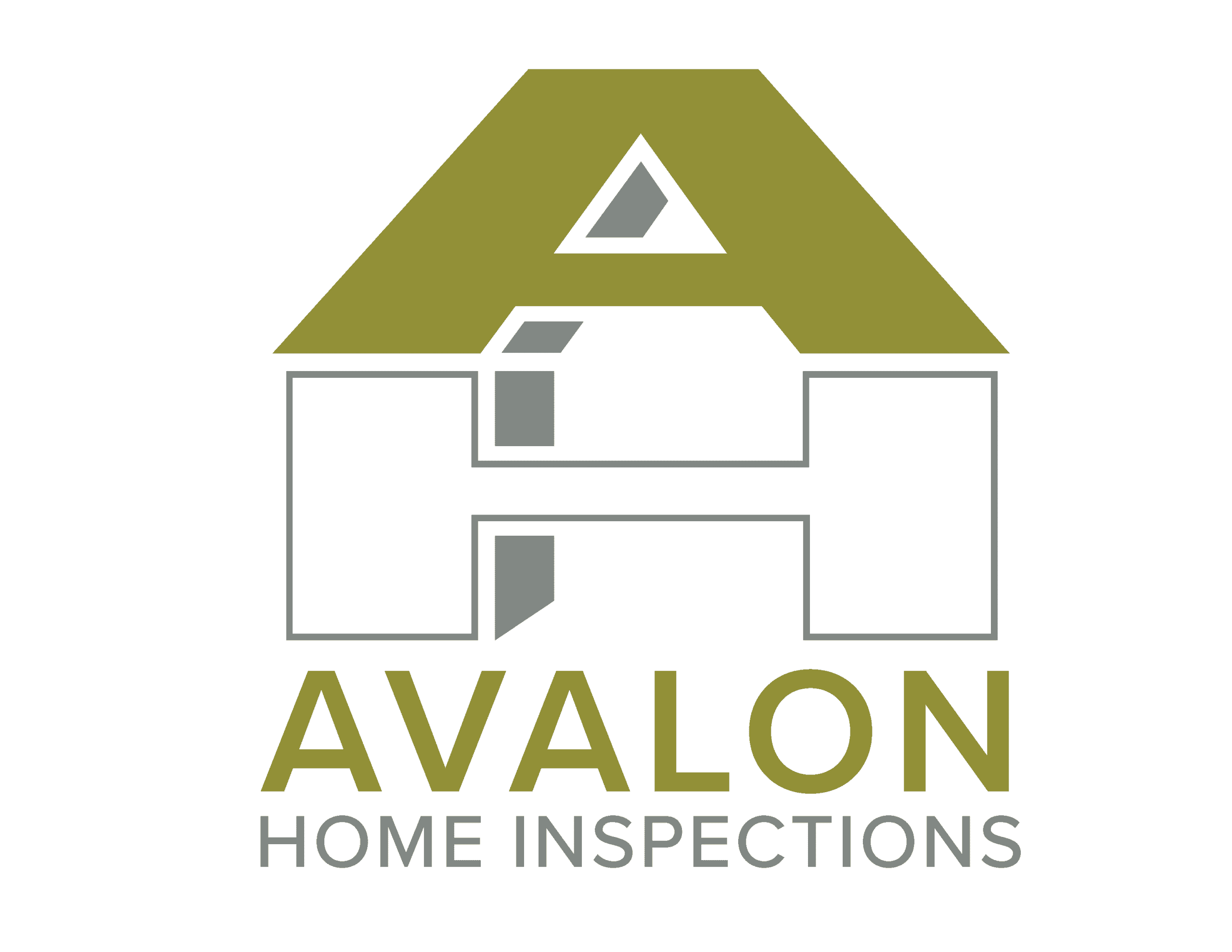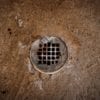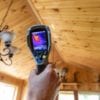
Ceiling joists are an essential part of any building’s structure. They provide support for the ceiling and help distribute the weight of the roof or upper floors. Knowing how to find ceiling joists can be useful for various tasks, such as installing light fixtures, hanging heavy objects, or even just general maintenance. Wondering how to find ceiling joists? Tapping and test holes, stud finder, plaster ceilings, and detect by measuring.
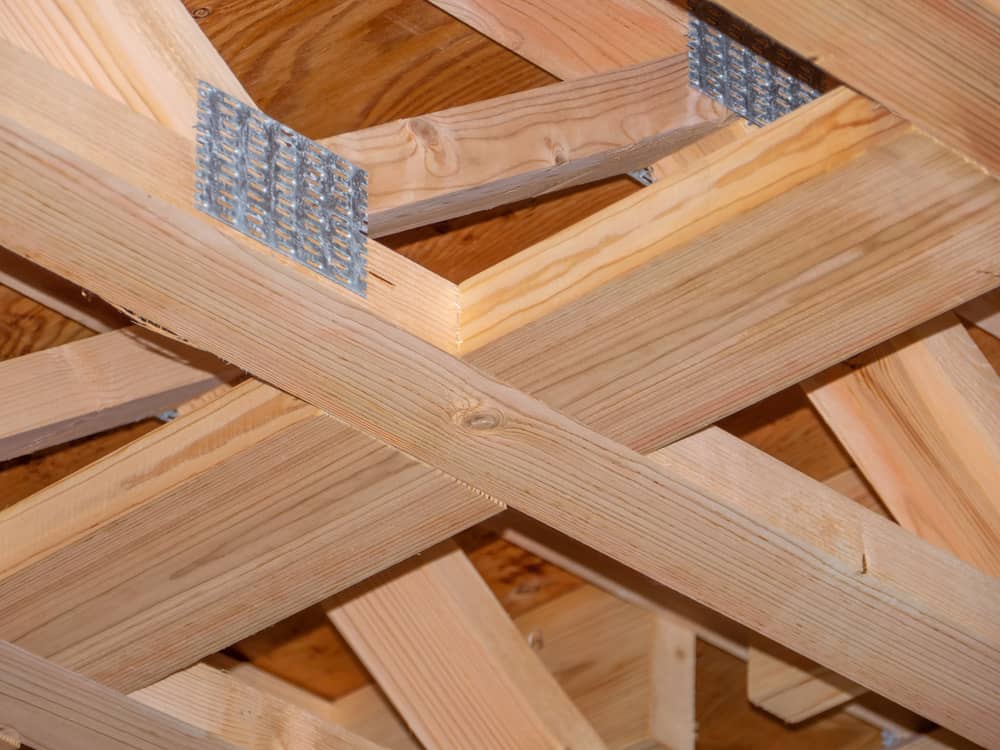
What is a Ceiling Joist?
A ceiling joist is a horizontal structural member that spans between walls or beams and provides support for the ceiling. They are usually made of wood or metal and are positioned parallel to each other at regular intervals. The size and spacing of ceiling joists can vary depending on the building’s design and local building codes.
How Do You Find Ceiling Joists?
Now that you know what they are, let’s talk about finding ceiling joists. There are several methods you can use to find ceiling joists in your home or building.
1. Tapping and Test holes
One of the simplest methods is to tap on the ceiling with your knuckles or a small hammer. You may notice a difference in sound when you tap over a ceiling joist compared to the space between them. This method requires some practice and may not be accurate every time. If you want to be sure, you can also make test holes in the ceiling to visually confirm the presence of joists.
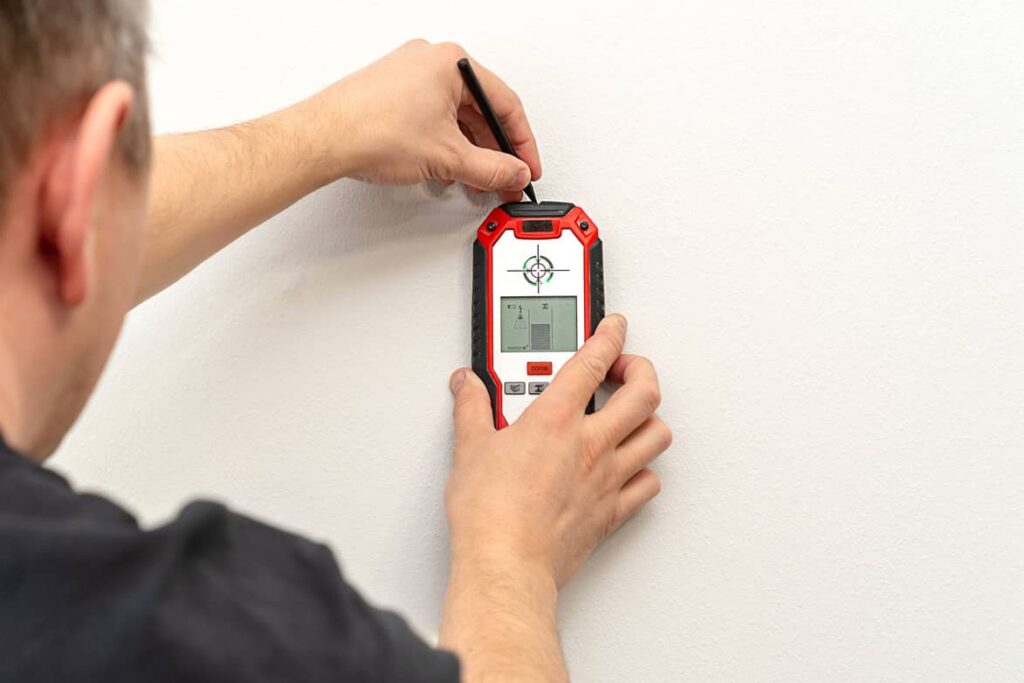
2. Stud Finder
A stud finder is a handheld device that uses electronic sensors to detect changes in density behind walls and ceilings. Some stud finders have a specific mode for detecting ceiling joists. Simply hold the stud finder against the ceiling and move it slowly until it indicates the presence of a joist. Keep in mind that stud finders may not always be accurate, especially if there are other materials like insulation or electrical wiring present.
3. Plaster Ceilings
If you have a plaster ceiling, it may be more challenging to locate the joists due to the thickness and texture of the material. In this case, using a combination of methods like tapping, test holes, or measuring from a known reference point can be helpful.
4. Detect By Measuring
Another way to find ceiling joists is by measuring from a known reference point. Start by locating a wall where you can see the position of the joists. Then, you can measure the distance between each joist in this area and use this measurement as a guide. From the reference wall, measure out the same distance at regular intervals to find the joists.
Other Recommended Maintenance
Now that you know about finding ceiling joists, let’s take a look at a few other areas of recommended maintenance. One of those is testing an outlet with a multimeter. To do this, turn off the power and use the black and red electrical probes to determine if the outlet wiring is good.
Next, ceiling fans are great to have in the home and sometimes we need to order another one. Unfortunately, ceiling downrods are not universal and you will need to know the length of the rod before you order it.
Lastly, you can hide an attic door in the ceiling. You can make this look nice by making it artistic, concealing it, or adding a lightbox.
When Do I Call A Professional?
If you’re unsure about finding ceiling joists or if your building has complex structural features, it’s always advisable to consult a professional. A structural engineer or a contractor with experience in this area will have the expertise and tools necessary to accurately locate ceiling joists and provide guidance for your specific needs.
Conclusion
Knowing how to find ceiling joists can be valuable for various tasks around the house. Whether you prefer the traditional methods such as tapping and testing holes or rely on modern tools like stud finders, it’s important to understand the basics of locating ceiling joists. If in doubt, it’s best to seek professional help to ensure accuracy and safety. This is a also a good time to order a home inspection to see if there are any issues in the home. Call on Avalon Home Inspections, to conduct a complete home inspection in Atlanta, GA.
